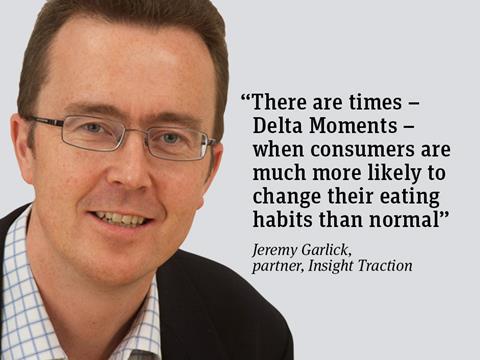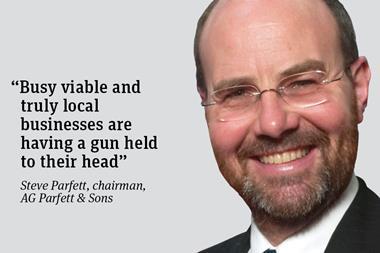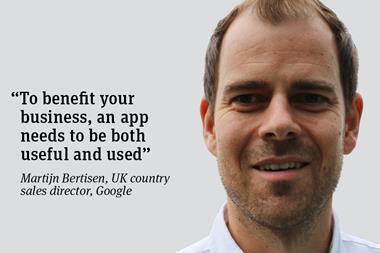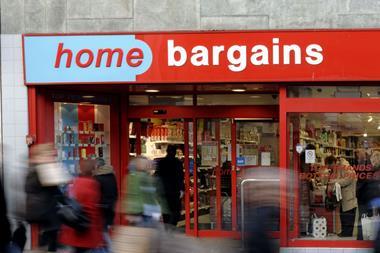
Human beings are creatures of habit. Especially when it comes to food. Ask most consumers about their main meal repertoire, and they will tell you about five to eight trusted meals they have again and again. Ask how long they’ve been having one of their trusted favourites, and they will often talk about five, 10 or 20 years.
Getting your product adopted into the regular food repertoire can therefore be very challenging. You are up against long-serving and trusted food buddies. Conversely, if you can get your product into the inner circle of habit, the upside is huge.
So how can you persuade consumers to adopt something different? In our industry, we tend to focus most attention on how to change habits, but much less attention on when to change them. There are times - known as Delta Moments - in consumers’ lives when they are much more likely to change their eating habits than normal. Not 10% or 20% more likely. More like 600%. So how can you go about profiting from Delta Moments?
First, you need to recognise when they occur for your category. Obvious Delta Moments are leaving home to study, moving in as a couple, first child, family starting to eat together, kids leaving home, divorce, old age and widowhood. For a category like fresh prepared meals, it might be all about first child. For one like frozen Yorkshire puddings, it might be more about families starting to eat together.
Second, you need to paint a vivid picture of how the moment feels and what consumers are looking for. Think about a first baby, for example. How will the adult food needs change? And what about old age and the onset of immobility? Oakhouse Foods, for example, has focused its attention on this audience, their tastes, smaller appetites and service needs.
Third, you need to find the audiences. Supermarkets run ‘Off to Uni’ events. Organisations like Bounty target new Mums. Lists of house movers exist. Various moments can be identified through purchasing behaviour. Identifying the audience, knowing where to find them and how to talk to them is key to success.
Finally, you need to invest for the long term. You don’t need a particularly high hit rate, if each person you convert is very high value in the long term. And while this kind of marketing might look expensive on an individual basis, it may in reality be more efficient than reaching lots of people, most of whom do not need or want to change.
So identify your Delta Moments, understand them vividly, find the people and invest long term to convert them.
Once you break into the habitual repertoire, there’s money to be made.
Jeremy Garlick is a partner of Insight Traction



















No comments yet